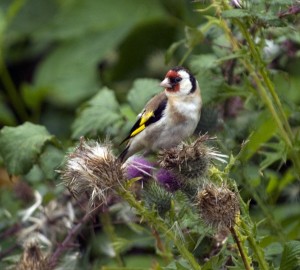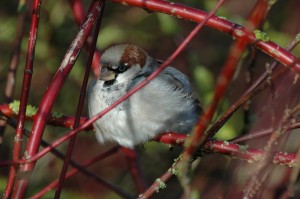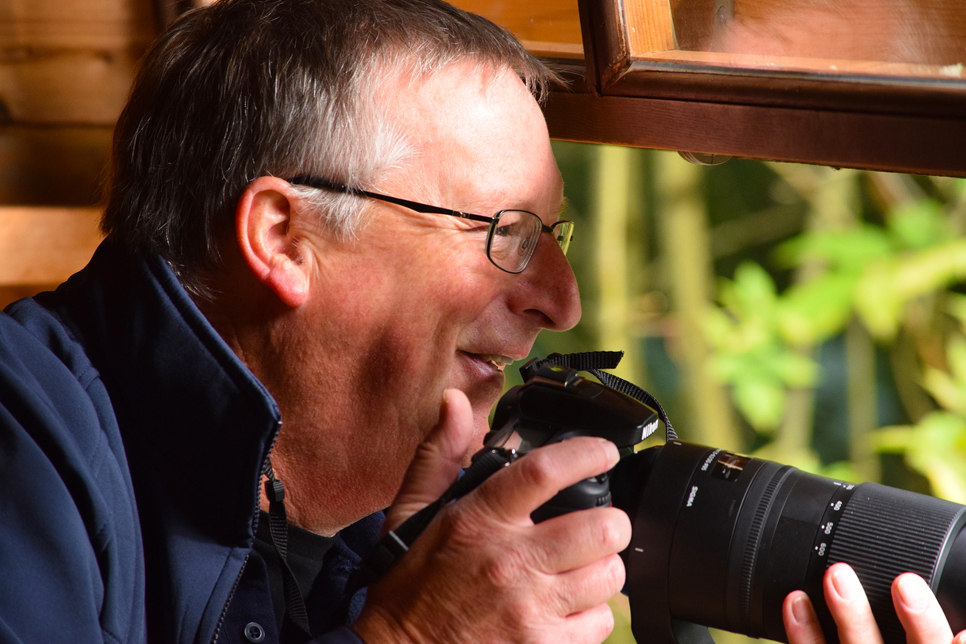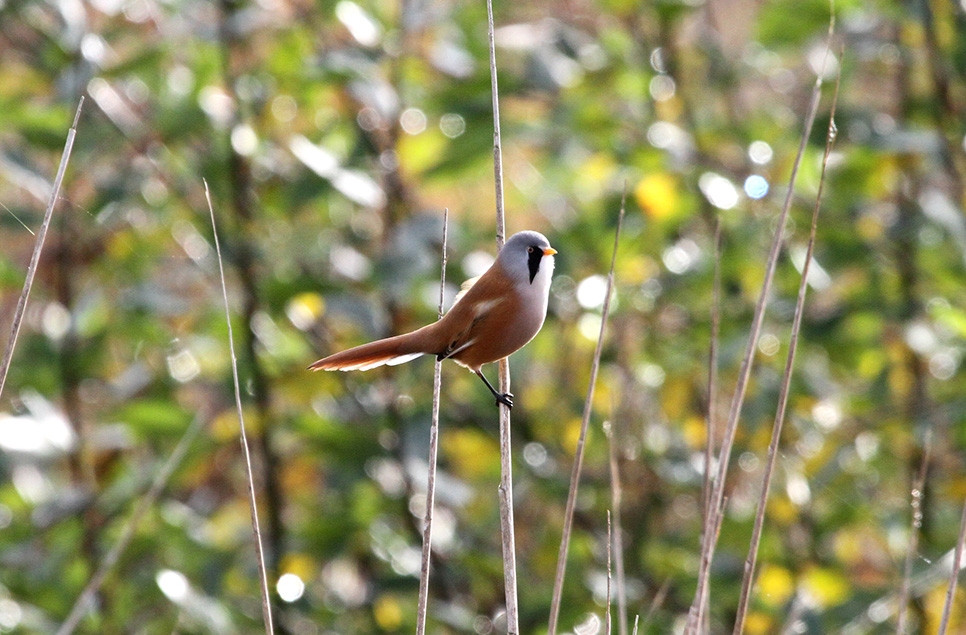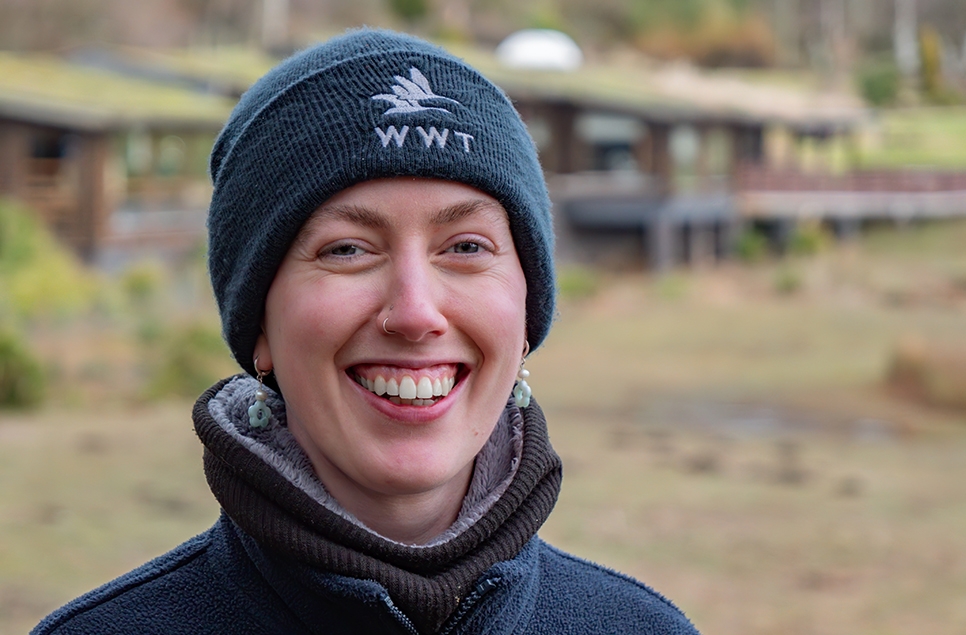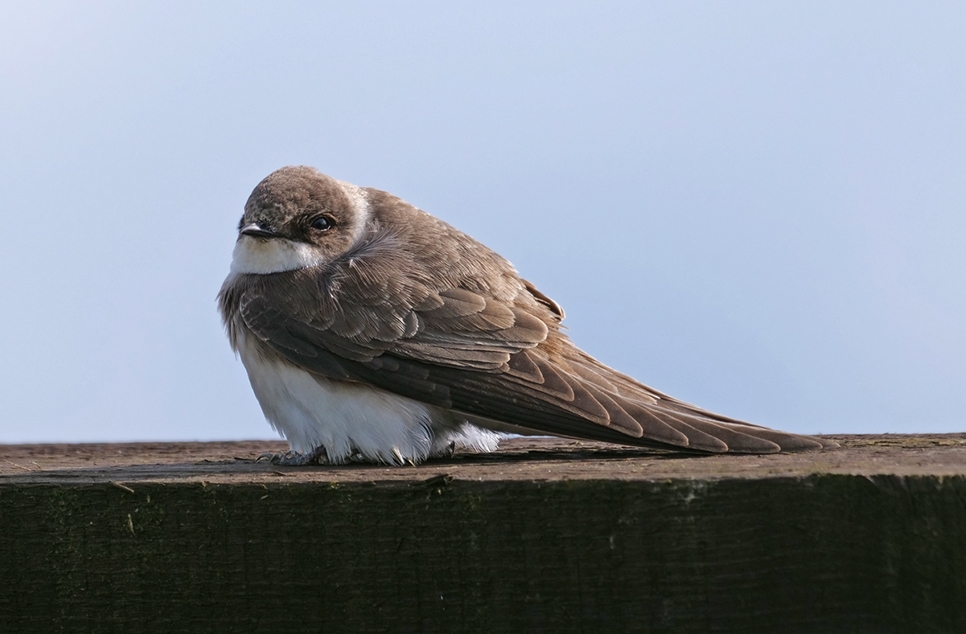Give the birds and the bees a helping hand during WWT's festival of gardening for wildlife month
WWT Washington Wetland Centre is celebrating gardens and their unique wildlife this March, with a medley of green-fingered activities for the whole family to enjoy.
Supported by NFU Mutual, WWT’s Festival of Gardening for Wildlife is highlighting the importance of green spaces for a vast range of species, as towns grow and cities spread.
Whether you have a tiny backyard, a strip of lawn or a huge back garden; everyone can do their bit to create a bountiful oasis for wildlife.
Throughout March, visit our ‘Ideal Home Exhibition’, designed to show you how to attract wildlife to your own garden or nearest green space (on display every day), and have fun with gardening-themed crafts every Saturday and Sunday from 1-3pm in the Discovery Centre (no need to book, costs apply).
Plus, go potty and paint your own garden mini-beastie with the ladies from Pots & Pancakes in North Shields this Saturday 3 March from 10am-3pm in the Discovery Centre (no need to book, costs apply).
And on Saturday 17 March, discover more about the fascinating natural flora and fauna of WWT Washington by joining us for a special ‘Walk with a Warden’. Hear about the mammals of East Down and see what goes on in our amphibian ponds. No need to book and cost is included in admission, just meet in the picture window at reception at 2pm to take part.
In the UK, urban residential zones can account for up to 60% of urban land area[1][1]. Within these concrete jungles, private gardens step in as sanctuaries for wildlife.
Recognised as an important contributor in helping urban green spaces with climate change, the existence of water can also encourage biodiversity [2][2].
Although becoming increasingly rare, ponds can provide a number of benefits to an urban green space and are the biggest single contribution that can be made in increasing wildlife visitation to the garden[3][3]. They offer birds a place to bathe and are a breeding area for aquatic animals, namely frogs, and insects such as dragonflies, which in turn provide food for birds.
A couple of simple tips for attracting birds to your garden:
The colourful goldfinch enjoys snacking on Niger seeds, which come from thistles, so instead of cutting down the prickly dead-head of the plant, leave it be and enjoy watching these lovely birds feed from it.
The once common house sparrow, not as vibrant as some birds but just as charming, has seen numbers decline by 60 per cent since the 1970s and is now red-listed as a species of high conservation concern. Insects are a main source of food for the sparrow, often found within dense hedge rows and climbers, so encouraging insects and planting suitable nesting areas will boost your chances of them becoming a regular visitor.
“A garden without wildlife is like a kiss without a squeeze.” - Alan Titchmarch speaking at the opening of the RBC Rain Garden at WWT London Wetland Centre.
“Connecting the link between conservation and gardening is important as it shows that everyone can do their bit for nature on their own patch of land, even in the most unlikely of places. Create the right environment by providing an area such as a pond or places to nest, and the wildlife will come.” - Kevin Peberdy, Director of Centre Developments.
Visit www.wwt.org.uk/gardening for full details of all the events and activities at each WWT centre.
(1)(1) www.bugs.group.shef.ac.uk
(2)(2) Climate Change and Urban Green Spaces. www.communities.gov.uk
[3][3] Wildlife in gardens www.rhs.org.uk
